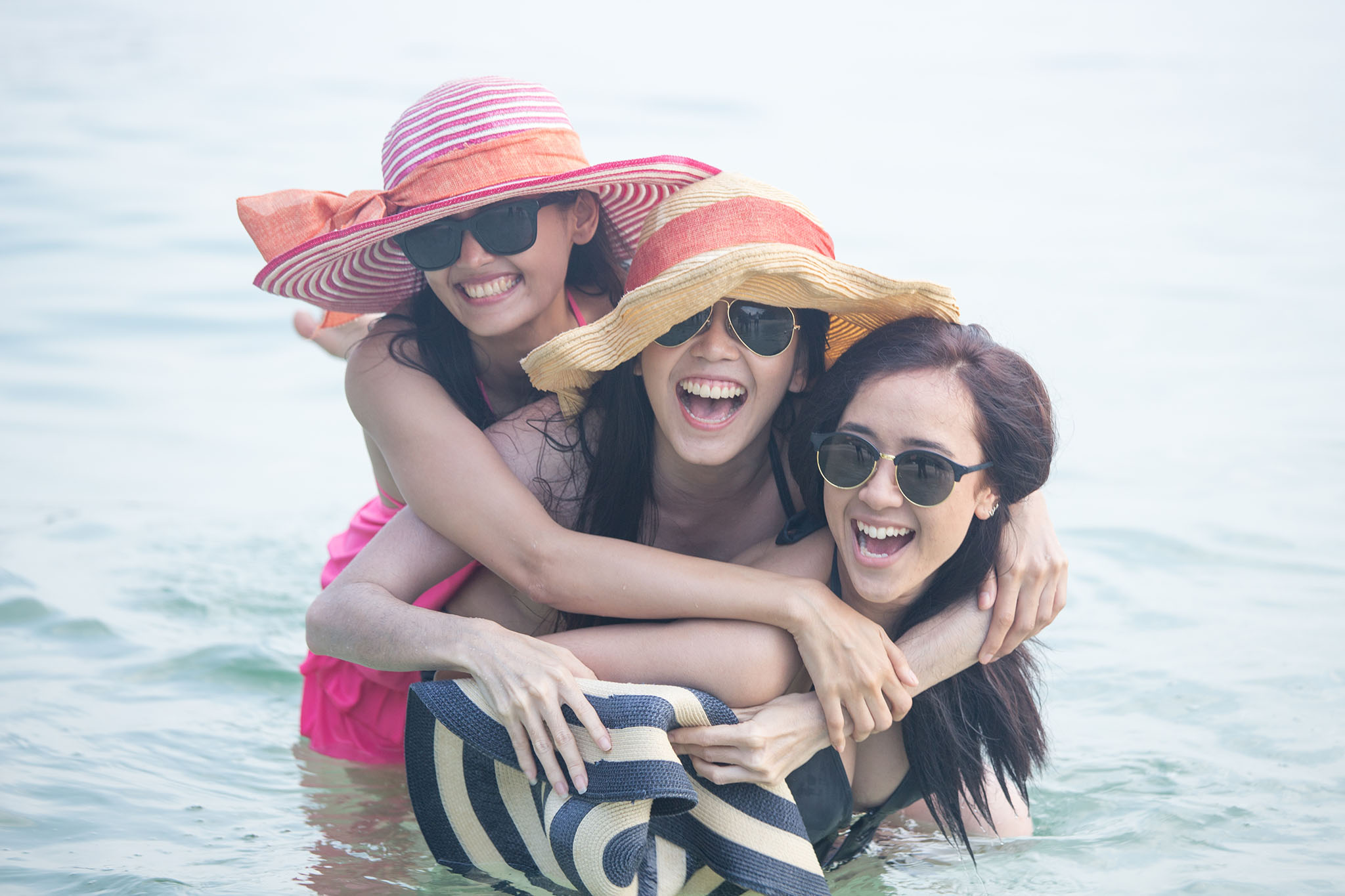Spending time outdoors can boost your health both physically and mentally, but it is important to protect your skin while you enjoy that warm, refreshing sunshine.
Did you know that skin cancer is the most common cancer in the United States? According to the Centers for Disease Control and Prevention, too much sun without proper protection leads to nearly 5 million new cases of skin cancer each year.
Fact: People of all skin colors are at risk for skin cancer, skin aging, and sunburn from spending time in the sun.
Sunscreen
To protect your skin from harmful radiation, the Food and Drug Administration recommends a broad spectrum sunscreen with an SPF of 15 or higher, even on cloudy days.
Sunscreens are assigned a sun protection factor (SPF), which is a number that rates how well they filter out UV rays. Higher numbers indicate more protection. Not all sunscreens have been shown to protect against skin cancer, so it is important to look for a sunscreen that is labeled as broad spectrum and SPF 15 or higher. Broad spectrum sunscreen provides protection against both types of ultraviolet radiation that we are exposed to each day by providing a barrier that absorbs or reflects the UV radiation before it can damage the skin.
The FDA regulates sunscreens to ensure they meet safety and effectiveness standards. How you use sunscreen, and what other protective measures you take, makes a difference in how well you are able to protect yourself and your family from sunburn, skin cancer, and skin damage caused by the sun.
Did you know that sunscreens are not recommended for infants younger than 6 months? Alternatively, the FDA recommends keeping infants out of the sun as much as possible and dressing them in protective clothing.
In addition to sunscreen, the CDC recommends the following sun safety measures:
Shade. One simple way to reduce your risk of sun damage and skin cancer is by staying in the shade or under an umbrella as much as possible when outdoors. You should always wear sunscreen when outdoors, even when in the shade.
Protective Clothing. Clothing can provide protection from UV rays. Hats, long-sleeved shirts and long pants provide the best protection, but if that is not possible try to wear clothing that has UV protection.
Fact: A wet T-shirt offers much less UV protection than a dry one, and darker colors may offer more protection than lighter colors.
Hats and Sunglasses. Hats with brims that go all the way around provide shade for your face, ears, and the back of your neck. A tightly woven fabric, such as canvas, works best to protect your skin from UV rays. Avoid straw hats with holes that let sunlight through. Baseball caps do not protect your ears, neck or back of your neck.
Sunglasses protect your eyes from UV rays and also protect the skin around your eyes. Sunglasses that block both UVA and UVB rays offer the best protection.
Reapply Sunscreen. Sunscreen wears off. You need to reapply if you stay out in the sun for more than two hours and after swimming, sweating, or toweling off.
Check the Expiration Date. Sunscreen has a shelf life of no more than three years. If your sunscreen is expired you need to throw it away.
Fact: The shelf life of sunscreen is shorter if it has been exposed to high temperatures.
Learn about our Bash to Beat Cancer event on October 28, 2023. The purpose of this event is to raise money to assist Columbus Regional Cancer Center patients with out-of-pocket expenses they may incur while going through treatment.


